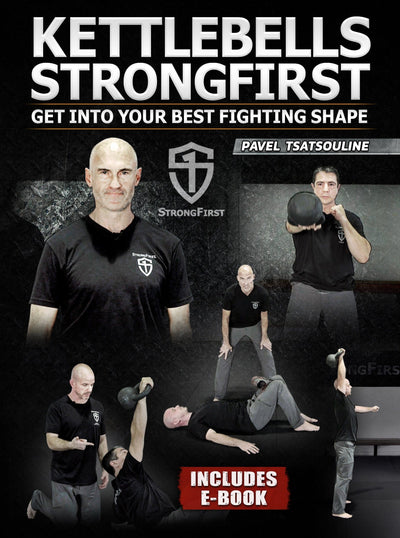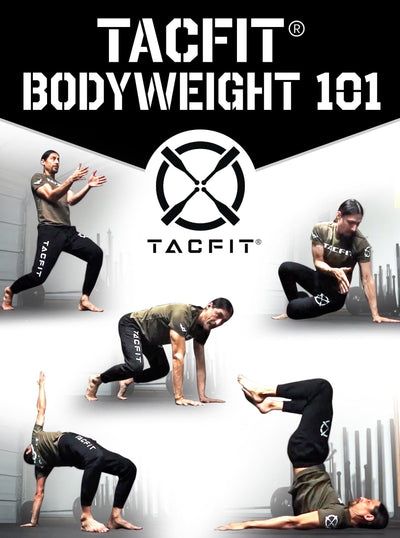Kettlebell RDL
The kettlebell Romanian deadlift (RDL) is a fundamental exercise that targets the posterior chain, including the glutes, hamstrings, and lower back. It is an excellent movement for developing strength, stability, and proper hip hinge mechanics. Let's take a closer look at the kettlebell RDL and explore its benefits and proper execution.
What this article covers:
- Benefits of Kettlebell RDL
- Staggered Kettlebell Deadlift
- Kickstand Deadlift Kettlebell
- Kettlebell Deadlift Row
- Kettlebell Sumo Deadlift High Pull
- Double Kettlebell Deadlift
Benefits of Kettlebell RDL
Strengthening the posterior chain: The kettlebell RDL primarily focuses on the muscles of the posterior chain, including the glutes, hamstrings, and lower back. By performing this exercise regularly, you can increase muscle strength and hypertrophy in these key areas, leading to improved performance in activities such as running, jumping, and lifting.
Enhancing hip hinge mechanics: The hip hinge movement pattern is a fundamental human movement that involves hinging at the hips while maintaining a neutral spine. The kettle bell RDL reinforces proper hip hinge mechanics, teaching you how to engage your glutes and hamstrings while maintaining a stable core. This skill carries over to various athletic movements and daily activities, reducing the risk of lower back injuries and improving overall movement efficiency.
Developing stability and balance: The kettle-bell RDL challenges your stability and balance throughout the movement. As you hinge forward and lower the kettlebell, your core muscles must engage to maintain a stable spine and prevent excessive rounding or arching. The unilateral variations, such as the staggered kettlebell deadlift and kickstand deadlift kettlebell, add an extra dimension of instability, forcing your core and stabilizer muscles to work harder.
Improving grip strength: The kettlebell RDL requires a secure grip on the kettlebell handle, which helps to develop grip strength and forearm endurance. As you increase the load or progress to more challenging variations like the double kettlebell deadlift, your grip strength will improve, benefitting other exercises that rely on grip, such as pull-ups, deadlifts, and rows.
Proper Execution of Kettle bell RDL:
Starting position: Begin by standing with your feet shoulder-width apart, toes pointing slightly outward. Place the kettlebell in front of you, between your feet.
Hinging at the hips: Keeping your back straight, hinge at the hips, pushing your hips back while maintaining a slight bend in your knees. Imagine reaching back with your glutes and hamstrings as if trying to touch the wall behind you.
Grasping the kettlebell: Reach down and grasp the kettlebell handle with both hands. Your hands should be shoulder-width apart or slightly wider, and your palms facing your body.
Execution: With a tight core and engaged glutes, drive through your heels and extend your hips forward, standing tall. Keep the kettlebell close to your body throughout the movement, maintaining a neutral spine. Squeeze your glutes at the top of the movement to maximize the contraction of the posterior chain.
Lowering the kettlebell: Hinge back at the hips, allowing the kettlebell to lower under control while maintaining tension in your posterior chain. Keep your back straight and avoid rounding or arching. The kettlebell should travel along the same path as your body.
Repeat: Complete the desired number of repetitions, ensuring that each repetition is performed with proper form and control.
Staggered Kettlebell Deadlift
The staggered kettlebell deadlift is a variation of the traditional kettlebell RDL that adds an element of instability, demanding increased core engagement and balance. To perform this exercise, position two kettlebells slightly in front and to the sides of your feet, with one kettlebell on each side. Take a staggered stance, with one foot forward and the other foot slightly behind you. Hinge at the hips while keeping your back straight, and lower the kettlebells towards the ground, maintaining a slight bend in your knees. Drive through your heels and squeeze your glutes to return to the starting position. This exercise not only strengthens your posterior chain but also enhances coordination and stability.
Kickstand Deadlift Kettlebell
The kickstand deadlift kettlebell is another variation that challenges your stability and engages your core. Begin by standing with your feet hip-width apart, placing one kettlebell slightly in front of your lead foot and the other kettlebell a few inches behind your rear foot. Similar to the staggered kettlebell deadlift, hinge at the hips, keeping your back straight and shoulders retracted. Lower the kettlebells while maintaining a neutral spine, and drive through your heels to return to the starting position. This exercise targets your glutes, hamstrings, and lower back while improving balance and coordination.
Kettlebell Deadlift Row
Combining the benefits of the kettlebell deadlift and the rowing movement, the kettlebell deadlift row is an excellent exercise for building upper and lower body strength simultaneously. Start with a kettlebell on the ground between your feet, assuming a hip-width stance. Hinge at the hips, keeping your back straight, and lift the kettlebell off the ground. Once you reach the top position, transition smoothly into a rowing motion by pulling the kettlebell towards your torso, squeezing your shoulder blades together. Lower the kettlebell back down to the ground and repeat the movement. This exercise targets your posterior chain, including your glutes, hamstrings, and upper back muscles.
Kettlebell Sumo Deadlift High Pull
The kettlebell sumo deadlift high pull is a dynamic, full-body exercise that enhances explosive power and coordination. Stand with your feet wider than shoulder-width apart and position a kettlebell on the ground between your feet. Hinge at the hips, keeping your chest up and back straight, and grip the kettlebell with both hands. As you drive through your heels and extend your hips, pull the kettlebell towards your chin, leading with your elbows. Lower the kettlebell back down to the starting position under control. This exercise targets your glutes, quads, upper back, and shoulders, providing a fantastic cardiovascular workout as well.
Double Kettlebell Deadlift
The double kettlebell deadlift takes the challenge of the traditional kettlebell RDL to the next level by doubling the load and demanding increased strength and stability. Stand with your feet hip-width apart and place two kettlebells on the ground in front of you. Hinge at the hips, keeping your back straight, and grasp the kettlebells firmly. Lift the kettlebells off the ground by extending your hips and squeezing your glutes. Lower the kettlebells back down under control and repeat. This exercise targets your entire posterior chain, including your hamstrings, glutes, and back muscles, while building overall strength and grip power.
The kettlebell Romanian deadlift and its variations offer a multitude of benefits, ranging from building strength and stability to improving balance and coordination. Whether you choose to perform the staggered kettlebell deadlift, kickstand deadlift kettlebell, kettlebell deadlift row, kettlebell sumo deadlift high pull, or the challenging double kettlebell deadlift, incorporating these exercises into your workout routine will undoubtedly elevate your fitness level. So grab a kettlebell and start mastering the kettlebell RDL for a stronger, more functional physique!
Want More Kettlebell? Check Out The Kettlebell Collection Available At Strong and Fit!
Did you find the blog beneficial? If so, consider exploring our other guides.
- Kettlebell Deadlifts
- Kettlebell Suitcase Deadlift
- Sumo Deadlift Kettlebell
- Banded Kettlebell Deadlift
- Kettlebell Deadlift vs Barbell
- Single Leg RDL with Kettlebell
- Kettlebell Leg Lifts
- Kettlebell Stiff Leg Deadlift
- Single Leg Kettlebell Squats
- Kettlebell Leg Extensions
- Kettlebell Leg and Core Workout
- Single Arm Clean and Press with Kettlebell
- One Arm Kettlebell Swing vs Two Arm
- Kettlebell Single Arm Snatch
- One Arm Kettlebell Squat Press





